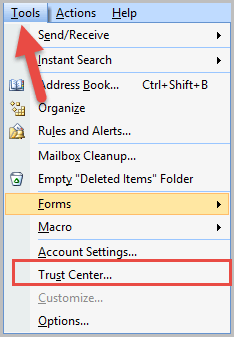
Perhaps applications or add-ons you're using with Outlook 2007 still need to be tested or developed for Outlook 2010. There might be circumstances where you need to retain Outlook 2007 but you're ready to move on to Office 2010.

And it will not ask if you're sure you want to do this. If you tell Office to not replace Outlook in the Upgrade tab, but also tell it to install Outlook 2010 in the Installation Options tab, Office will replace your existing Outlook version and install Outlook 2010. This situation creates a possible conflict between the Upgrade tab and the Installation Options tab in Figures 1 and 2. Outlook 2010 (and SharePoint Workspace 2010 formerly known as Groove) is the only Office application that can’t coexist with previous versions.

Once you complete one of the Methods listed above you should be able to change your Product KeyĮnter the appropriate product key from the top of this page and click “Continue.Figure 2: Choosing applications to fully install on the Installation Options tab Select the option to “Enter a Product Key.” Select “Change Product Key” (this option was not here on my installation, I used Method 1)Ĭlick on Start Menu > Control Panel > Programs and Features (or Add/Remove Programs, depending on your operating system).Ĭlick on your product, e.g. You should be prompted to reenter your License Key Navigate the registry to: HKEY_LOCAL_MACHINE\SOFTWARE\Microsoft\Office\14.0\Registration\ and delete the whole “Registration” key located under the “14.0” keyĬlose Regedit, Restart an Office 2010 application.

I will show you three different methods of changing the License Key The solution is to change the product key to another product key. Issue: You go to activate Microsoft Office 2010 and you receive a message stating, “Your copy of Microsoft Office Professional Plus 2010 cannot be activated because the specified Product Key has already been activated the maximum number of times permitted for your software license as specified in the Microsoft Software License Terms.”


 0 kommentar(er)
0 kommentar(er)
